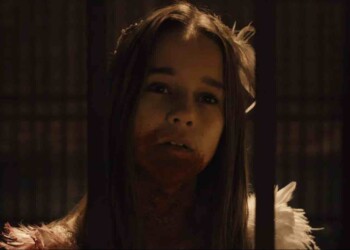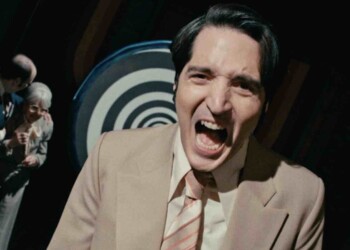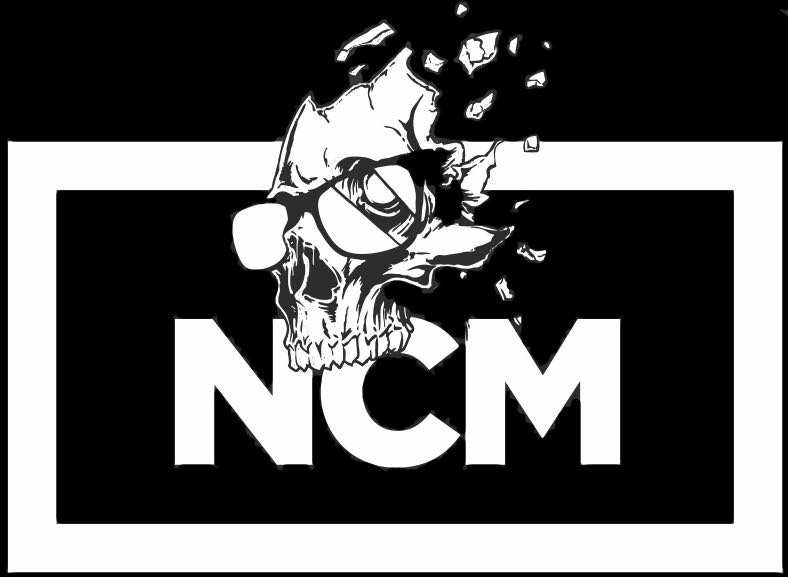Whether it’s the cubby, flailing Frank Miller style or the rounded scythe like wings on a matte yellow back drop, or the plain black on gray with the cutting angles and points, the Bat-symbol is a vital part of Batman’s mystique.
It is an instrument of fear. Shorthand for justice, vengeance and the doling out comeuppance. It is a representation of pain and lose and a mechanism to turn it into something noble. It is iconic but not really relatable to the general public.
Most people have not suffered a tragedy that rises to the level of the murder of Thomas and Martha Wayne and of those who have, even fewer processed it into a singular obsessive focus that could lead to produce something as globally effective and transformative as The Batman.
However, there is a symbol in the Batman family that is much less iconic but much easier to connect to our own lives. A yellow R on red backing.
We Are Robin is a book that looks at what the mantle of Robin means to the adolescents of Gotham and how that little yellow R can resonate with everyone in a more intimate way than shadowy bat ever could.
The story follows Duke Thomas, an orphaned young man doing his best to stomach a miserable foster home, while he searches for his missing parents. His investigation into their whereabouts leads him to discover a cult of vagabonds live beneath Gotham who are preparing to launch a terrorist campaign against the city’s most prestigious landmarks. When Duke is attacked by the vagrants, he is saved by a group of youths claiming to be “The Robins.”
Issue #2 of We Are Robin sees the Robins’ mysterious puppet master begin to induct Duke into the group of vigilantes. The identity and motivations of this slim bearded man are still unrevealed. The book does a great job of littering detail throughout the story that could point to him being one of multiple different characters from Batman lore. Deciphering which hints are legitimate and which are red herrings is impossible at this point and the book’s attempts to cover it’s tracks by walking backwards in it’s own footprints is appreciated and helps build a feeling of mystery.
When Duke puts on his Robin jacket and meets his teammates, the book begins to demonstrate the relatability of the Robin character.
All these Robins share two similarities. They are all adolescents who have experienced some form of trauma and they all are searching for a purpose that feels grand or righteous.
When all of these youth are gathered on a roof developing a collective cause, those two simple and oblivious elements of the character become naked and the hidden power of the Robin symbol crystalizes.
Robin is an allegory for the collective human adolescent experience. It is in adolescences that we are able to understand injustice for the first time. It’s the first time we can acknowledge trauma and be capable of processing it. It is also when we begin to develop into the kind of person we will be.
While Batman has always been a mantle taken on both as an act of healing and as a movement for social justice, Robin has always been a role filled more out of a pursuit of purpose. An identity taken on by young men and women who are only beginning to comprehend the idea of having meaning to their lives and choosing to turn their new emotions of angst, hurt and agency into something honorable.
We have all gone through a time where we struggled with purpose and few of us have come out of that struggle as Robins.
So the idea that the various Robins that have fought alongside Batman would inspire a generation of youths to find meaning in the title is easy to sell and the book does a great job of subtly showing that. No character openly gushes over their love for the “true” Robins or even mentions them outright. But the strings connecting them to the idea of what it means to be Robin run through the story giving it great depth. It allows the book to stand alone from the rest of the Bat family while still sharing the same spirit.
We are Robin’s concept is simple and brilliant but it has its stumbles in its execution. Its representation of how millennials speak feels forced and disingenuous. Its awkward use of modern colloquialisms and over use of things like social media references makes the dialog feel like it is being spoken by a parent trying to seem cool to their kid’s friends.
The story also seems a bit over caffeinated. Dialog exchanges feel heavily edited to the point they are lacking nuance and personality and only exist to deliver plot. Moments that should feel impactful, and could have benefited from being allowed to linger, are rocketed past and end up feeling airy.
We Are Robin is original in concept and humble in the way it displays its deeper themes. It’s a refreshing little mutation of the familiar the prestigious Batman legend. While it is riddled with pacing issues and has moments where its dialog becomes hacky, it is solid in the areas that matter during the early life of a series.






